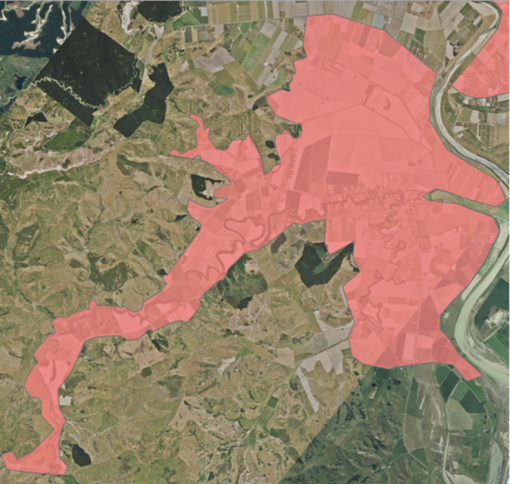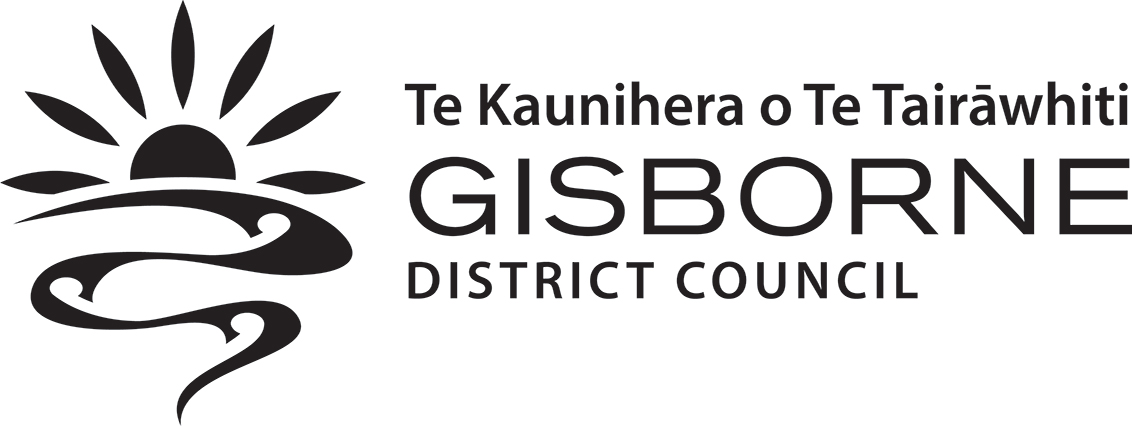Following the impacts of Cyclone Gabrielle in February 2023, Council is investigating flood resilience improvements across Tairāwhiti.
10 homes in the catchment classified Category 2 under FOSAL (Future of Severely Affected Land) framework, may be raised if feasible. Impacts to horticulture and cropping land was extensive.
This project focuses on identifying and implementing cost effective solutions to reduce the likelihood of repeat damage from similar flood events in this community.

Te Ārai catchment
Manutuke
The catchment covers an area of 3,131 hectares, with around 300 dwellings located within the flood resilience investigation area, as indicated in the red overlay on this map.
This project aims to safeguard lives, protect property, community facilities and evacuation routes.
What's happening now?
We're at Stage 1 - investigations and 75% complete
Potential solutions to improve flood resilience include:
- increased channel capacity through stream clearing of vegetation to manage water flow
- identification, enhancement and protection of secondary flowpaths to minimise the areas prone to flooding
- developing extra flood storage opportunities to slow the water
- improved evacuation routes
- protection of critical infrastructure
Construction of stopbanks along the Te Arai River is not expected to form part of the proposed solution.
The Te Arai Catchment Group has been engaged to:
- present modelling findings and results
- seek feedback and comment regarding the information presented.
Once preferred solutions have been identified, they will be presented for second-stage approval.
See our Community Hui Calendar for Meetings
Option analysis
A hydraulic model of the Te Ārai catchment is required to enable option assessment. The model build is currently underway. It will investigate the backwater effect from the Waipaoa River, following recent increases to stopbank flood heights.
Once complete, the model will support assessment of mitigation options and identify any secondary flows paths that could be enhanced, protected or managed to function effectively during a flood event.
Hazard mapping - based on both historic and future projections for rainfall intensity and sea level rise - will enable comparison to assess insurability and inform potential land use constraints. This hazard maps will eventually be incorporated into the District Plan flood hazard overlays.
Preferred objectives
The preferred option(s) will be confirmed once Stage 1 works are completed. Key objective include the identification, enhancement and legal protection of secondary flow paths - preferably through easements, planning controls, or designations - to prevent these paths from being compromised or restricted.
Community education and awareness is also expected to form part of the preferred option(s).
This is categorised as a complex project. A cost-benefit analysis will be done prior to Stage 2 approval and before any decision to proceed. Any proposed works will also consider protection of the state highway, as well as surrounding land and property.
Programme
This is the proposed programme for the resilience improvement project. Timelines and scope may be adjusted once investigations are complete.

